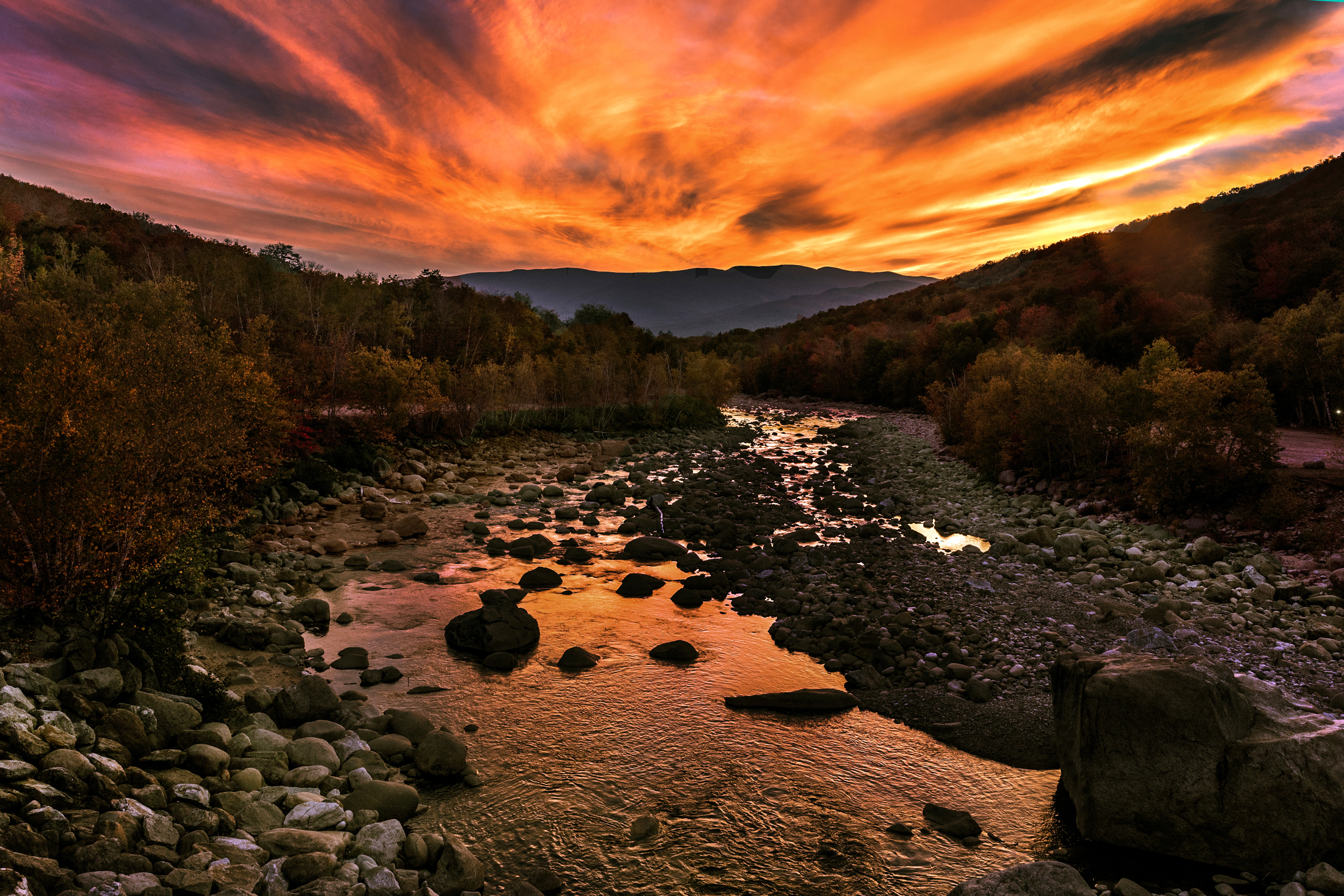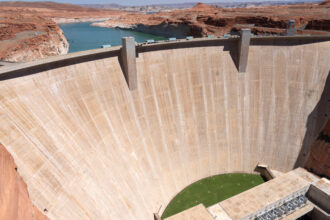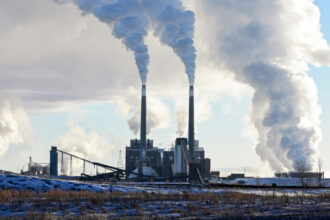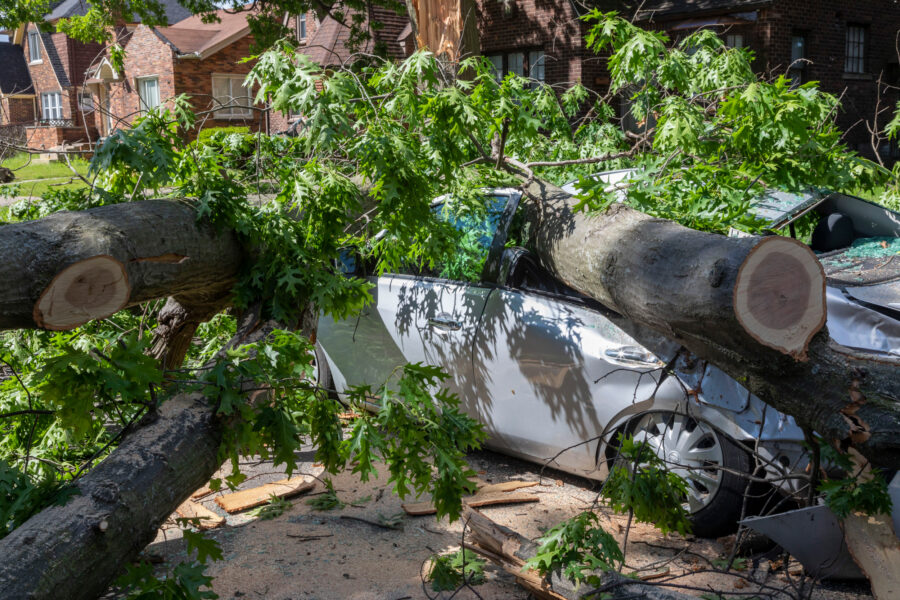Eighty-two percent of New England is experiencing drought conditions, affecting everything from wildfire risk to the vibrancy of the region’s iconic fall foliage.
As farmers across the region struggle with shrinking crop yields and wells run dry, some of the nation’s leading climatologists are wondering whether flash droughts in New England are becoming the new normal. Despite 2021 and 2023’s record floods drawing media and policy attention, the region has seen an unprecedented run of dry spells for an area considered water-rich.
New England’s climate has long been defined by moderation: mild summers, brilliant autumns and winters cold enough to sustain skiing and snowmobiling. Spring, by contrast, is better known for “mud season”—a mix of melting snow and steady rain that turns fields and roads into sticky brown sludge, but reliably recharges soils and reservoirs.
That seasonal balance could be changing. As temperatures rise and weather patterns grow more erratic, scientists say one of the most significant shifts for New England may be the rise of flash droughts—generally described as rapid-onset dry spells that last a few months.
Because the Northeast is typically a wet region, drought isn’t something people expect, and their understanding of it isn’t as developed as in drier parts of the country, according to Lesley-Ann Dupigny-Giroux, a professor of climatology at the University of Vermont.
That understanding is now being tested. As of October 21, nearly 70 percent of New England is in severe to extreme drought, with northern areas hit hardest. Vermont and New Hampshire are both experiencing their most widespread extreme droughts since the U.S Drought Monitor began in 2000, while 35 percent of Maine is in extreme drought—the state’s largest such event since 2000. Massachusetts has been less impacted, with about 43 percent of the state in moderate drought.
Dupigny-Giroux said the current conditions may have been worsened by a flash drought in 2024—part of a string of dry spells the region has faced in recent years. Since 2020, four flash droughts have hit New England, each occurring between late spring and late fall. From 2002 through 2019, the region had only experienced a single notable flash drought.
For a region that largely sources nearly 90 percent of public water from the ground, localized impacts of flash droughts are severe. This time around, dairy farmers have struggled to provide for their cattle; restaurants have had to temporarily shutter; and water-use limitations have been put in place.
Now researchers warn they may only become more common.
A 2022 American Meteorological Society study of the Northeast’s future hydrology found that the frequency of flash droughts could more than double between 2050 and 2100 under a high-emissions scenario. A 2019 analysis of historical trends offered early evidence of that shift, finding that while the region has grown wetter overall, drought patterns have become more variable—especially in northern New England where short-term dry spells had become more frequent and intense.
“Scienctist have a pretty good idea what New England’s hydrological future looks like, especially in comparison to other regions,” said Paul Ullrich, professor of regional and global climate modeling at University of California Davis and an author of the 2022 study. “We expect the region to get much wetter, but that doesn’t mean these flash droughts won’t become more frequent.”
As temperatures rise, so too does the atmosphere’s capacity to hold water vapor, speeding up evaporation from soil, rivers and lakes. “The atmosphere essentially becomes thirstier,” Ullrich said. Longer growing seasons compound the problem, as plants draw water from the ground earlier and for longer, drying up groundwater.
At the same time, precipitation is becoming more erratic, with months of heavy rain followed by sudden dry spells, according to Ullrich. The uneven rhythm leaves soils quick to dry out, even during brief breaks between storms.
A 2025 Harvard Forest study found that intense precipitation events actually create the conditions for droughts as water drains too fast for the region’s rocky soil to retain the moisture—meaning that the “feast or famine” storms of the region’s future may not give plants enough water to thrive.
Still, climate projections and the flurry of recent droughts may not be enough to call it a pattern, according to Dupigny-Giroux. Expanding the hydrological record before the 2000s shows that drought has long been part of New England’s climate—some far more intense than today’s.The difference, she said, is that those were slower to develop.
Ullrich and Dupigny-Giroux both agree that long-term droughts have and will continue to decrease in frequency. Flash droughts, however, are another story—faster, less predictable and increasingly poised to test how well New England can adapt to a new rhythm of wet and dry.
“They are hard to prepare for because they can develop into a severe drought within a month,” said Zeyu Xue, a drought expert and author of a retrospective analysis of a 1960s Northeast drought. The biggest impacts, according to Xue, will be on agricultural production and grassland ecosystems.
For municipalities, experts say adapting to faster-moving droughts will require rethinking how water is managed and monitored. Towns that once relied on monthly rainfall totals or groundwater readings may need real-time data systems, stricter conservation policies and updated infrastructure to capture and store water when it’s available.
Monitoring may have to be the first change, according to Xue. “Traditional drought monitoring systems rely on weekly or monthly averages and were designed to capture long-term droughts that develop over months,” he said. “We need to improve these systems to detect these flash droughts as they develop rapidly.”
About This Story
Perhaps you noticed: This story, like all the news we publish, is free to read. That’s because Inside Climate News is a 501c3 nonprofit organization. We do not charge a subscription fee, lock our news behind a paywall, or clutter our website with ads. We make our news on climate and the environment freely available to you and anyone who wants it.
That’s not all. We also share our news for free with scores of other media organizations around the country. Many of them can’t afford to do environmental journalism of their own. We’ve built bureaus from coast to coast to report local stories, collaborate with local newsrooms and co-publish articles so that this vital work is shared as widely as possible.
Two of us launched ICN in 2007. Six years later we earned a Pulitzer Prize for National Reporting, and now we run the oldest and largest dedicated climate newsroom in the nation. We tell the story in all its complexity. We hold polluters accountable. We expose environmental injustice. We debunk misinformation. We scrutinize solutions and inspire action.
Donations from readers like you fund every aspect of what we do. If you don’t already, will you support our ongoing work, our reporting on the biggest crisis facing our planet, and help us reach even more readers in more places?
Please take a moment to make a tax-deductible donation. Every one of them makes a difference.
Thank you,












